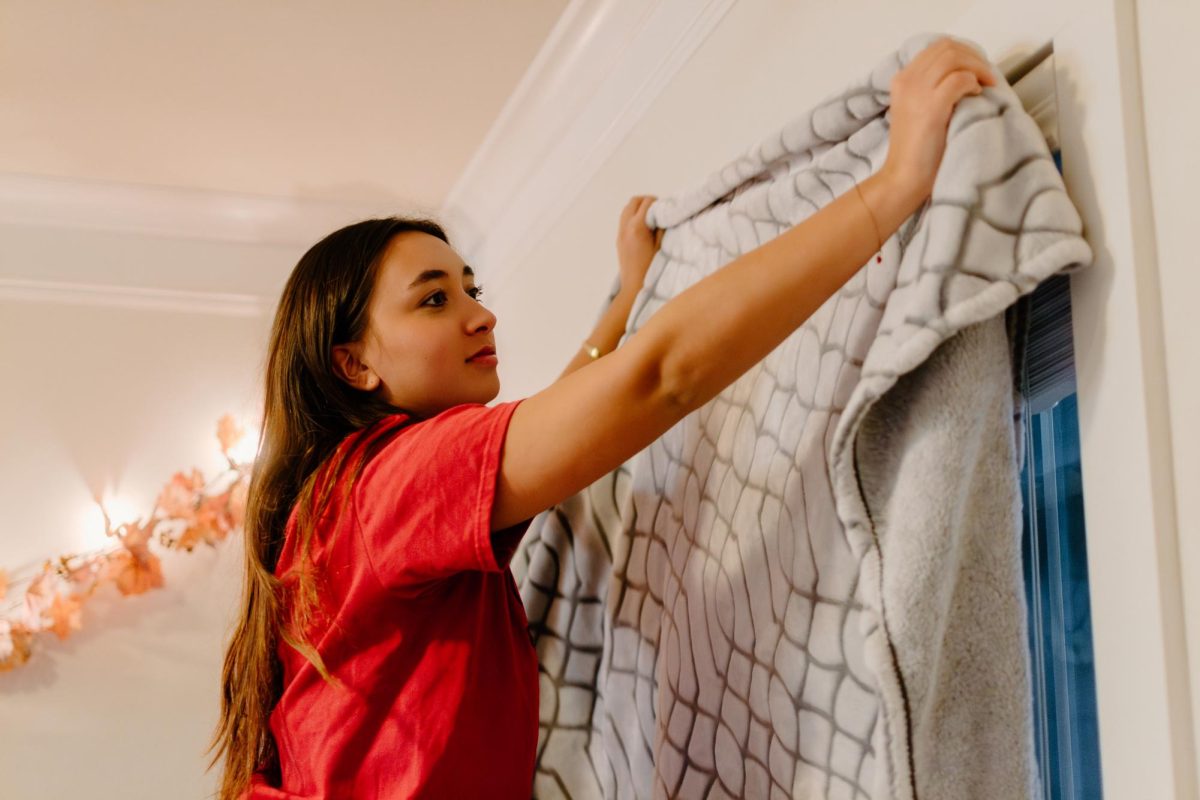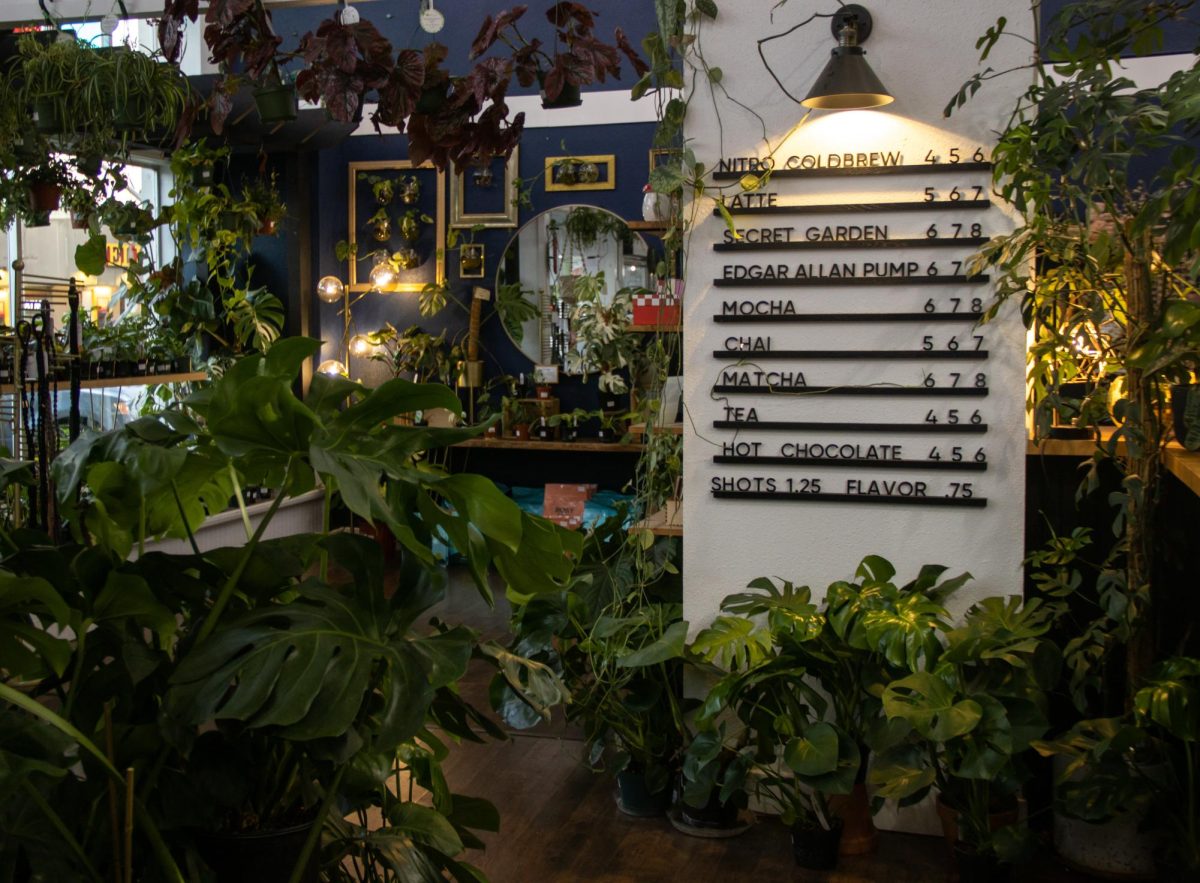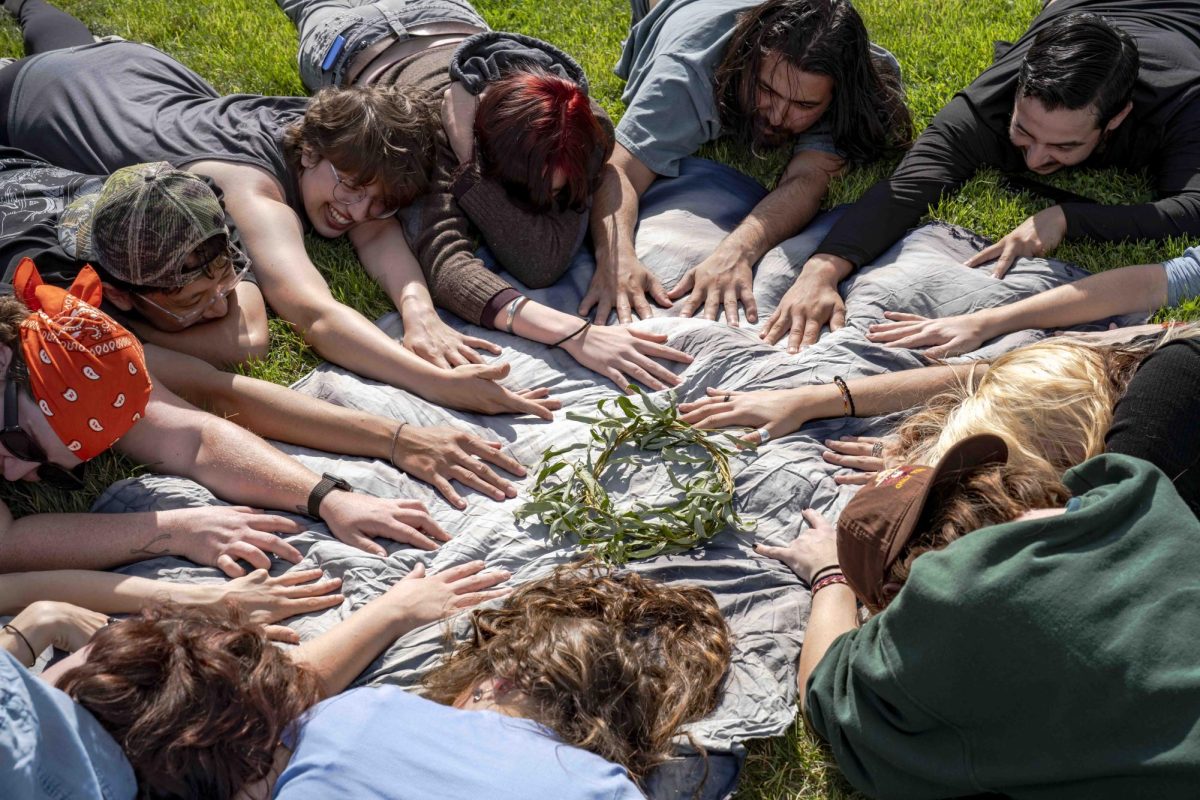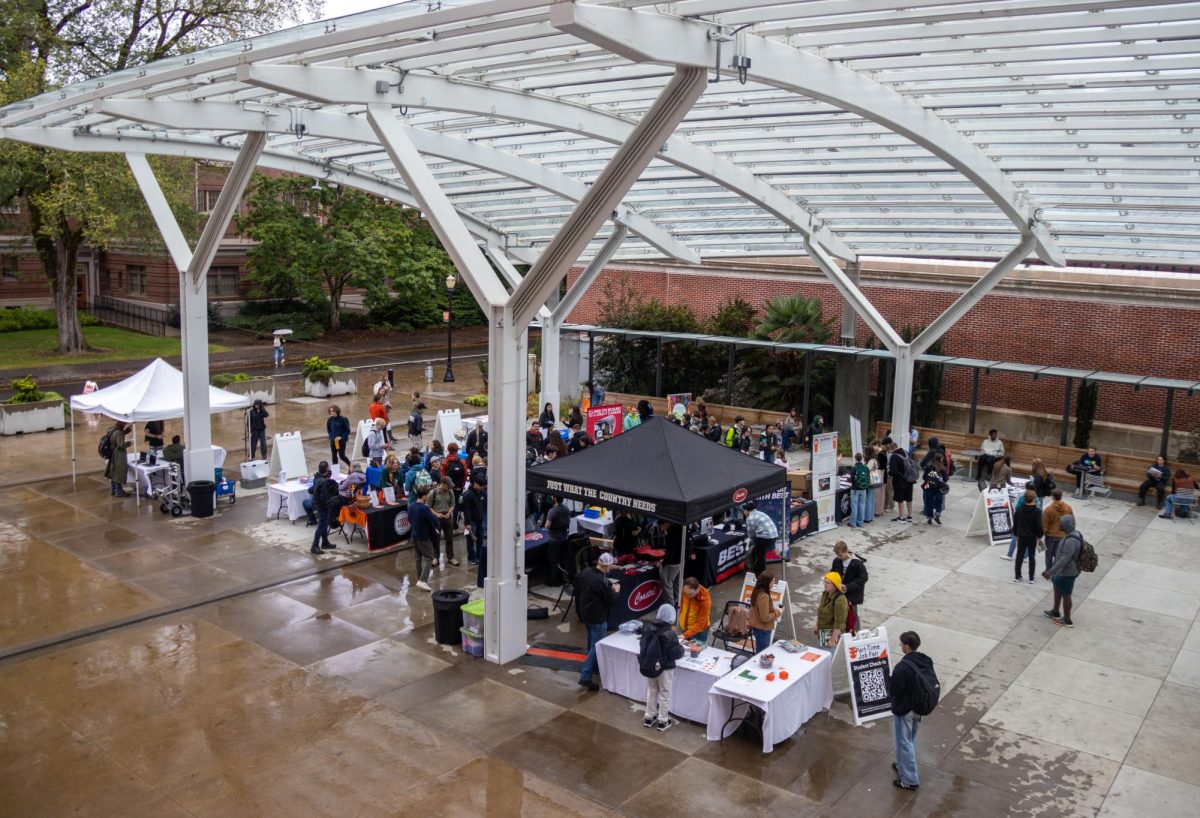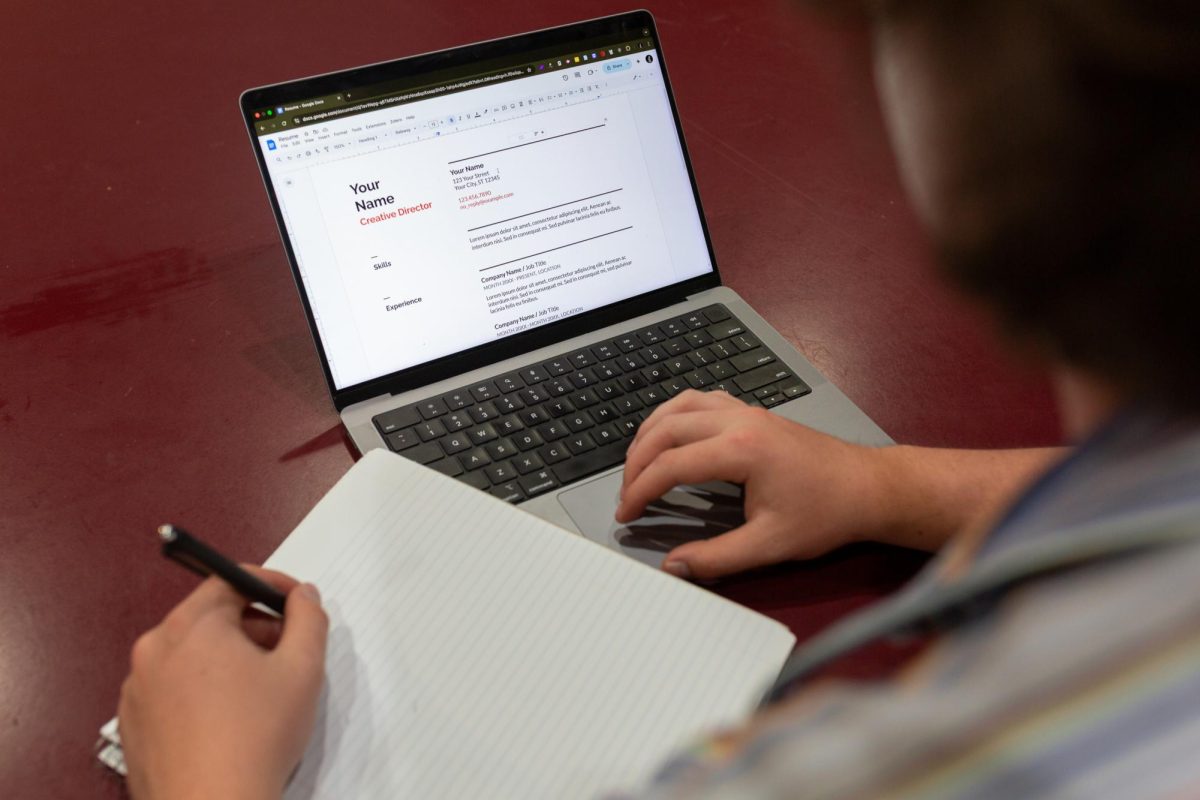Leaves are falling and so is the temperature, bundling up with gloves, a scarf and coat may do for a while, but what happens when you want to come home and stay cozy?
With the majority of students being alone for the first time in their lives, figuring out how to stay warm in a place like Oregon can be challenging, especially when every year is a Russian roulette of rain, snow, and not to mention the ice.
So what is it that a student does when their apartment or rental is approaching the same temperature as it is outside? Well thanks to endless nights of scrolling through google I am happy to say I can help.
First things first, weatherization. What is it and why does it matter?
As defined by Merriam-Webster it means “to make (something, such as a house) better protected against winter weather (as by adding insulation)” and this matters because as the climate changes and time goes on, our homes aren’t naturally prepared to keep us warm leaving it up to us to pick up the slack.
According to the Historic Preservation of the City of Corvallis, there are over 700 designated historic resources with home properties all over Corvallis being included in the list. This mixed with the fact that many of the rental properties having an initial build date in the 1970’s lets us know that a lot of our weatherization solutions will have to be temporary and renter friendly.
Which leads us into what exactly those solutions are.
“Isolate!” Hannah Armstrong, an agent with Farmers Insurance said.
Many high-cost energy bills can be avoided by feeling for under/over drafts and cracks in doors and windows and, if DYing is your thing you can solve the problem simply by using “bubble wrap and tape” according to Armstrong.
Still haven’t found the solution? Another alternative are “Draft-snakes”, or weather strips, which can be found in your local department store or online on Amazon. Answers to a whispering winter window can be solved by making sure they’re properly caulked, applying weathering tape for if and when they aren’t, and thermal curtains for the night.
Since most of us don’t get to control the insulation around our pipes or how hot our water heater gets, preparing the inside of the home will be a renter’s secret weapon.
Armstrong said that rugs are key, rugs on the floors and thin walls will help keep the warm air in and the cold air out. Do you have an attic or crawl space? Armstrong said to seal it up and do it tight and safely along with your water heater.
Energy consumption and technology use will not only be something to monitor during this time but, so are the products already being utilized in your home.
One last note from Armstrong was to turn Ceiling fans clockwise to circulate warm air and if possible. By doing this and programming your thermostat to only turn on during the coldest parts of the day to conserve more energy, coupled with unplugging the products you don’t use daily, can be some of the most important task during this time.
In the end, the most critical thing according to Armstrong and companies online is to “Insure yourself and your belongings (in a liable way)”. Students can do this through insurers and agents just like Armstrong.
Oregon is full of beautiful landscapes and scenery during this time but it’s also full of hazards and being protected through renters’ insurance is vital.

